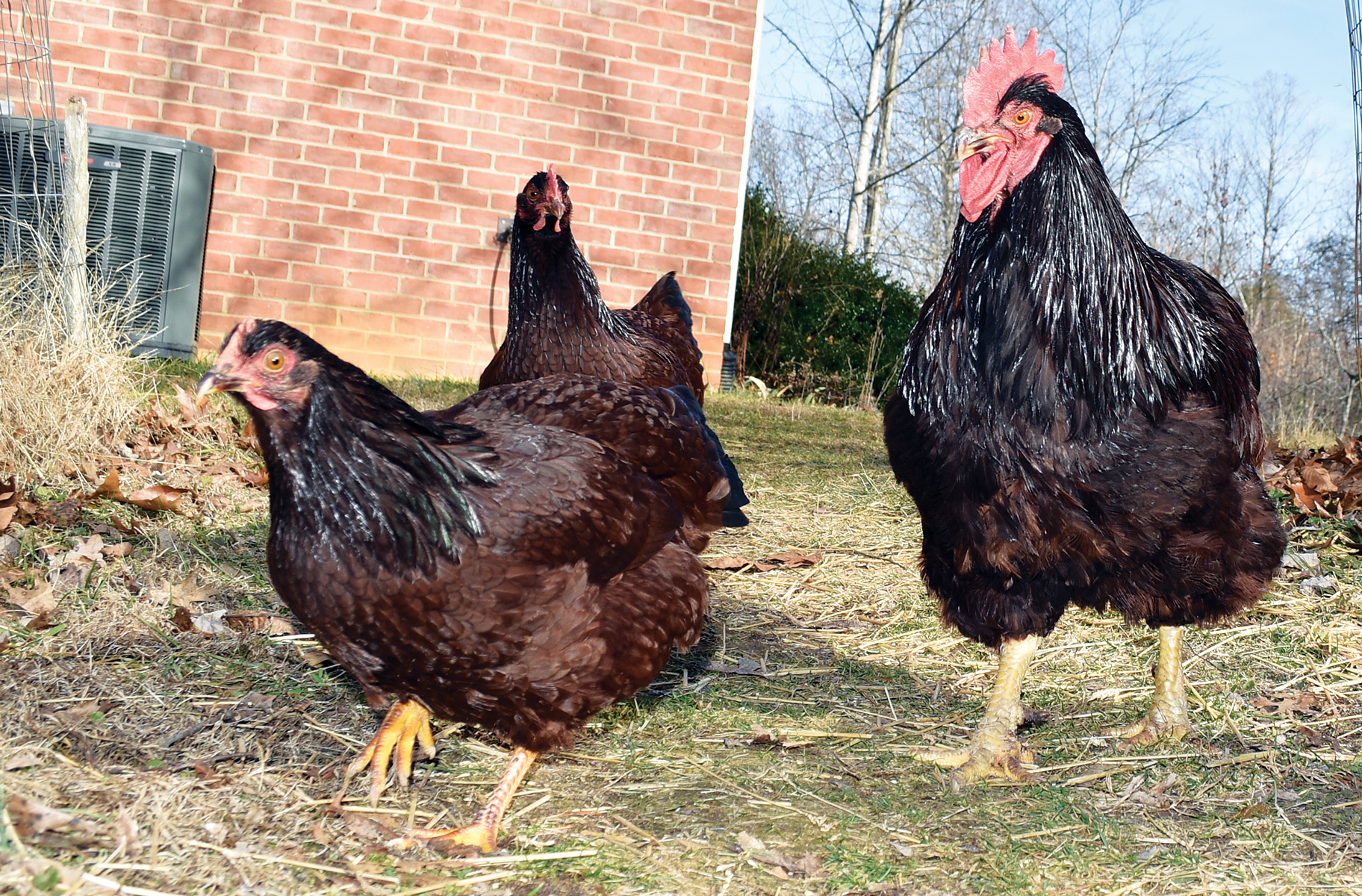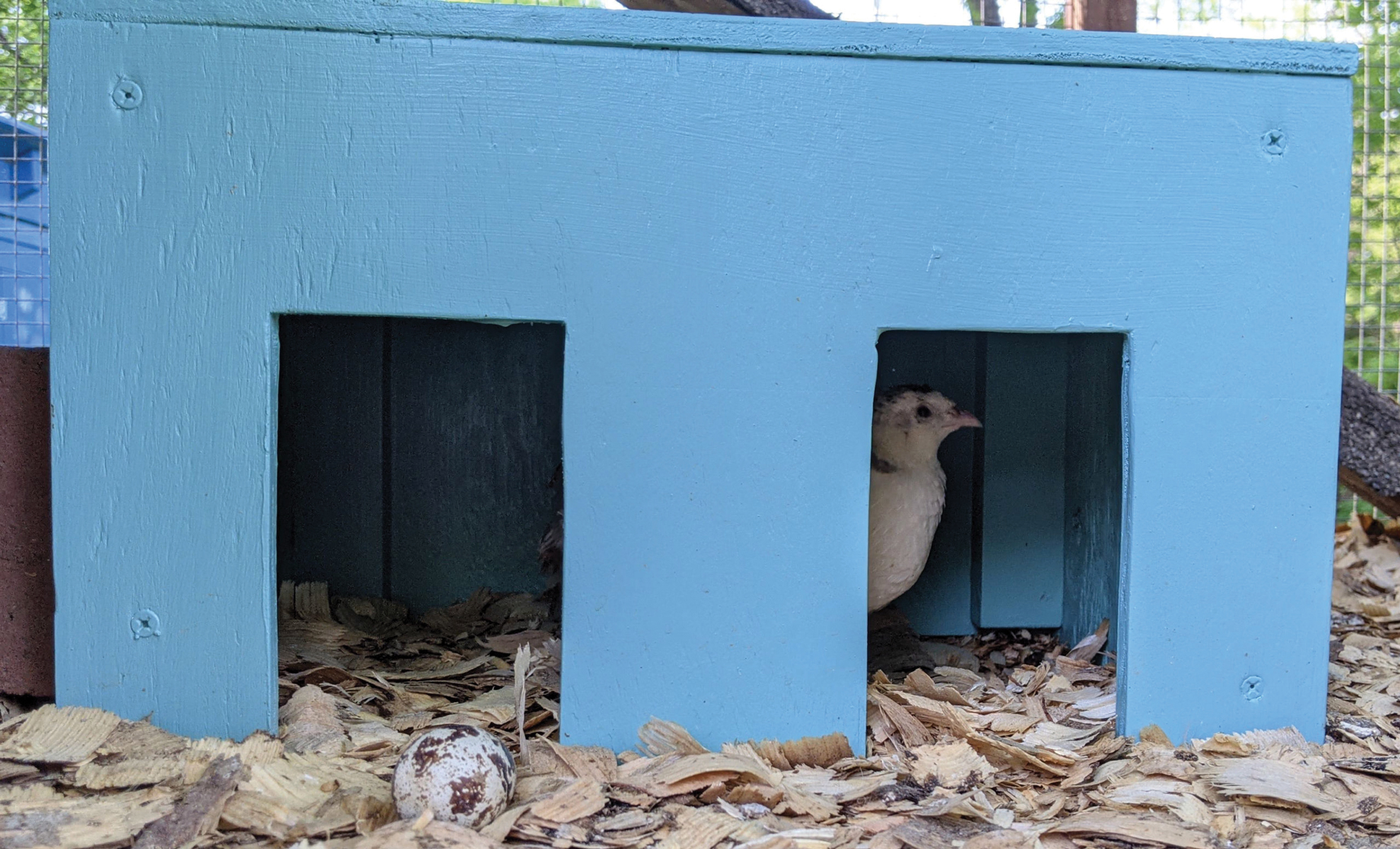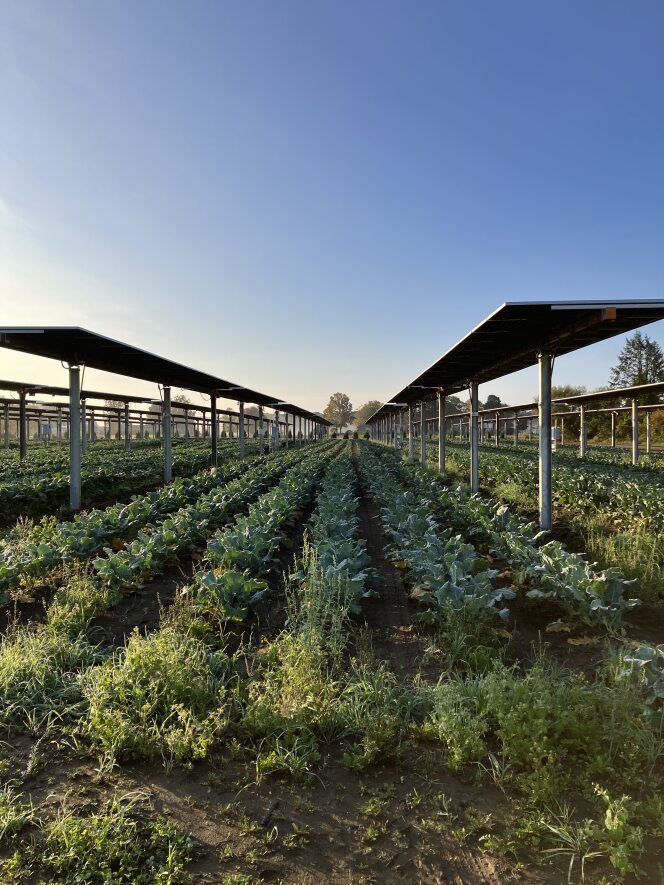Two “agri-dreamers” believe agrivoltaics promise a highly profitable harvest for many North American farmers and ranchers.
Joshua Pearce and Ethan Winter lead efforts to understand the impact and encourage large-scale solar power generation on farmland. Agrivoltaics, a relatively new term, unites cropping practices and solar panels on the same fields.
Installed solar panels can provide a perennial electrical energy harvest, feeding directly into the power grid. Lease payments for the dual land use could offset increasing price stress from extreme weather, variable harvests, and lower commodity prices.
Well-established programs exist throughout Europe, as well as in Japan and China. “Agrivoltaics has emerged as a formal pillar of the energy plan for countries with scarce farmland, including France, Germany, and Italy,” Winter explains.
It’s catch-up time in North America.
Here, old-school, first-generation solar fields are increasing but still rare. Herds of sheep graze on some projects. That’s starting to change.
Pearce and Winter predict the U.S. and Canada will install solar tracker technology: solar panels that follow the sun, improving growing conditions while boosting energy yields by 20% or more.
Fields of Opportunity
Pearce calls agrivoltaics in North America “a slam dunk” opportunity. “A few percent of agricultural land in the U.S. could power the entire country,” he asserts.
Pearce, who came to Canada in 2021 from Michigan Tech University, is an academic engineer, known for work with solar energy, open-source technical development, 3D printing, and nanotechnology. He is chair of information technology and innovation at the University of Western Ontario’s Thompson Centre for Engineering Leadership and Innovation.
In his latest research paper, Pearce posits that as little as 1% of Canadian farmland could provide a quarter to a third of Canada’s electrical energy needs.
“Agrivoltaics could be a major contributor to sustainable electricity generation and provide Canada with the ability to render the power generation sector net zero/greenhouse gas emission free,” Pearce wrote.
“You can increase the yield for your crop if you do it right ,” he said in an interview. “You do get more food, and you get the added revenue of the solar. [That’s] why agrivoltaics is growing like crazy in the whole world.”
Agrivoltaics is forecast to become a $9.3 billion marketplace by 2031, growing at a compound annual rate of 10.1% in that time frame from $3.6 billion a year ago, according to Allied Analytics.
However, setting up solar fields is complex, requiring public policy, energy corporations, education, and leasing.
“For North America, we need to figure out the finances and the policy,” Pearce says.
The biggest challenge, Pearce says, is setting up the agreements, getting people used to the idea . “Normal solar farms are fenced; no one’s allowed inside,” he points out. “In agriculture, you’re trusting the farmer to [plant and harvest] between your very expensive rows [of solar panels] that have to last 25 years.”
To show there are a variety of ways to make agrivoltaics profitable, Pearce challenged 125 of his MBA students to propose profitable agrivoltaic developments on Alberta farmland. Every student found some way to do it, he reports.
“They did all different kinds of crops, all different kinds of [solar] arrays, all different kinds of deals with the farmers, and different types of contracts,” he says.
But, Pearce admits, this new technology is outside the box of established farming practices. Long rows of solar panels following the sun, mixed with wheat or even corn, are only germinating in 2024. He says massive education is needed. “If you quizzed 100 farmers, a handful would have heard of [agrivoltaics],” he says. “We have a long way to go before it’s going to happen.”
Courtesy of Western University and American Farmland Trust
Smart Solar Program
Ethan Winter, based in New York state’s upper Hudson Valley, is national Smart Solar director for American Farmland Trust (AFT). Established in 1980, the D.C.-based nonprofit works to protect farmland and ranchland, promote conservation practices, and advocate for farm viability through sound, farmer centered public policy. Also, AFT regional programs from New England to California advance policy, research, and industry collaborations for an agriculturally integrated approach to solar.
AFT hired Winter in 2021 to build its Smart Solar program (farmland.org/ solar). The program expanded in 2023, adding regional solar specialists and an in-house expert in energy and agrivoltaics. This past January, for the first time, Winter says, the USDA and the Department of Energy hosted three days of national sessions, listening to farmers, solar developers, and other stakeholders express their interest in potential agrivoltaic impact on farmland.
AFT has formalized a set of updated policy recommendations for federal, state, and local governments to advance Smart Solar principles in 2023, Winter says. Their principles include: Ethan Winter Joshua Pearce Joshua Pearce
Prioritize solar development on buildings and, for conventional solar, on land that is not well suited for farming.
Set policies and practices to safeguard soil health where land is used for agriculture.
Grow agrivoltaics to sustain agricultural production beneath solar panels and/or between rows of solar panels.
Promote equity and farm viability, ensuring that farmers are full partners in transitioning to renewable energy.
To administer state-level agrivoltaics programs, Winter says, AFT is beginning to identify and assemble applied research, resources for farmers, and technical assistance. Technical advisory committees are investigating the potential for agrivoltaics, as well as the socioeconomics of solar development on farming communities.
For example, he says, the National Renewable Energy Lab is leading a national analysis on how much land is needed for solar and wind, and for the infrastructure to move that power to load centers.
Potentially, over 10 million of the 880-million-acre total farmland base could be needed to scale up solar to 45% of national energy production by 2050, according to the Department of Energy’s Solar Futures Study. To prove a business case for agrivoltaics, AFT initiated Farmers Powering Communities, a partnership with solar developers to identify suitable sites.
Understanding that productive soil is a limited resource, Winter hopes a meaningful portion of utility-scale solar projects will be dual use, enabling high-quality farmland to remain in food or forage production while supporting the ambitious national solar energy production standards.
FilippoBacci
AFT and other organizations are benefiting from resources developed by the National Center for Appropriate Technology AgriSolar Clearinghouse (agrisolarclearinghouse. org), a nonprofit that consults with communities on energy savings. The clearinghouse is a repository for research and case studies on all things agricultural and solar.
Leasing Guidance
The National Agricultural Law Center (nationalaglawcenter.org), a federally funded research organization based at the University of Arkansas in Fayetteville, provides guidance to farmers on farmland-based energy issues, including tips for leases.
Lease rates for solar can vary by location, from several hundred dollars to $2,000 per acre per year for a 20- to 40-year project. Landowners are paid for providing the land and enabling solar panels in the field. “We want farmers to be well informed about their options, including decommissioning at the end of the project,” Winter says.
He advises landowners to be ready for offers from would-be developers.
“If [your land is] located near power grid infrastructure, you’re likely already seeing solicitations for solar energy leases,” Winter says. “Right now, what happens is you’re going to get a solicitation, and once you sign, you’re obliged to a nondisclosure agreement. Then, you can’t tell your neighbors what you’re doing, and that creates a lot of tension where these projects are occurring because of the way these agreements are set up.”
AFT worked with legal experts at Farm Commons, a service advising communities, to develop a leasing guide for farmers. “We’re planning to expand the guide to other regions to help more farmers navigate the challenges and opportunities of solar,” Winter says.
Ongoing Research
Several universities are beginning research; Cornell, Iowa State, Ohio State, and Oregon State are developing interdisciplinary programs. Some have field-test sites; some focus on social science. The biggest investment the USDA has made in agrivoltaics, through the National Institute of Food and Agriculture, is at the University of Illinois, Winter says: The university received a four-year, $10 million grant to develop experimental agrivoltaics arrays and solar cropping trials in Arizona, Colorado, and Illinois. Their SCAPES project (scapes.illinois. edu) is modeling a couple of significant systems.
In addition, Winter reports, AFT is working with the nonprofit developer The Land Institute on a pilot project to grow its perennial wheatgrass called kernza between the rows.
Healthy Skepticism
At the frontier of agrivoltaics, Pearce and Winter are confident about the opportunities — if well-managed.
“There’s a healthy skepticism from farmers,” Winter admits. “It’s been likened to farming in an obstacle course, trying to work around the solar infrastructure. There are challenges, and that’s why we need more producer voices. We need to make sure we’re mindful, and balance those trade-offs between energy production and agricultural production.”
Annual academic agrivoltaics conferences have begun in the United States (agrivoltaics-conference.org) and Canada (agrivoltaicscanada.ca).





